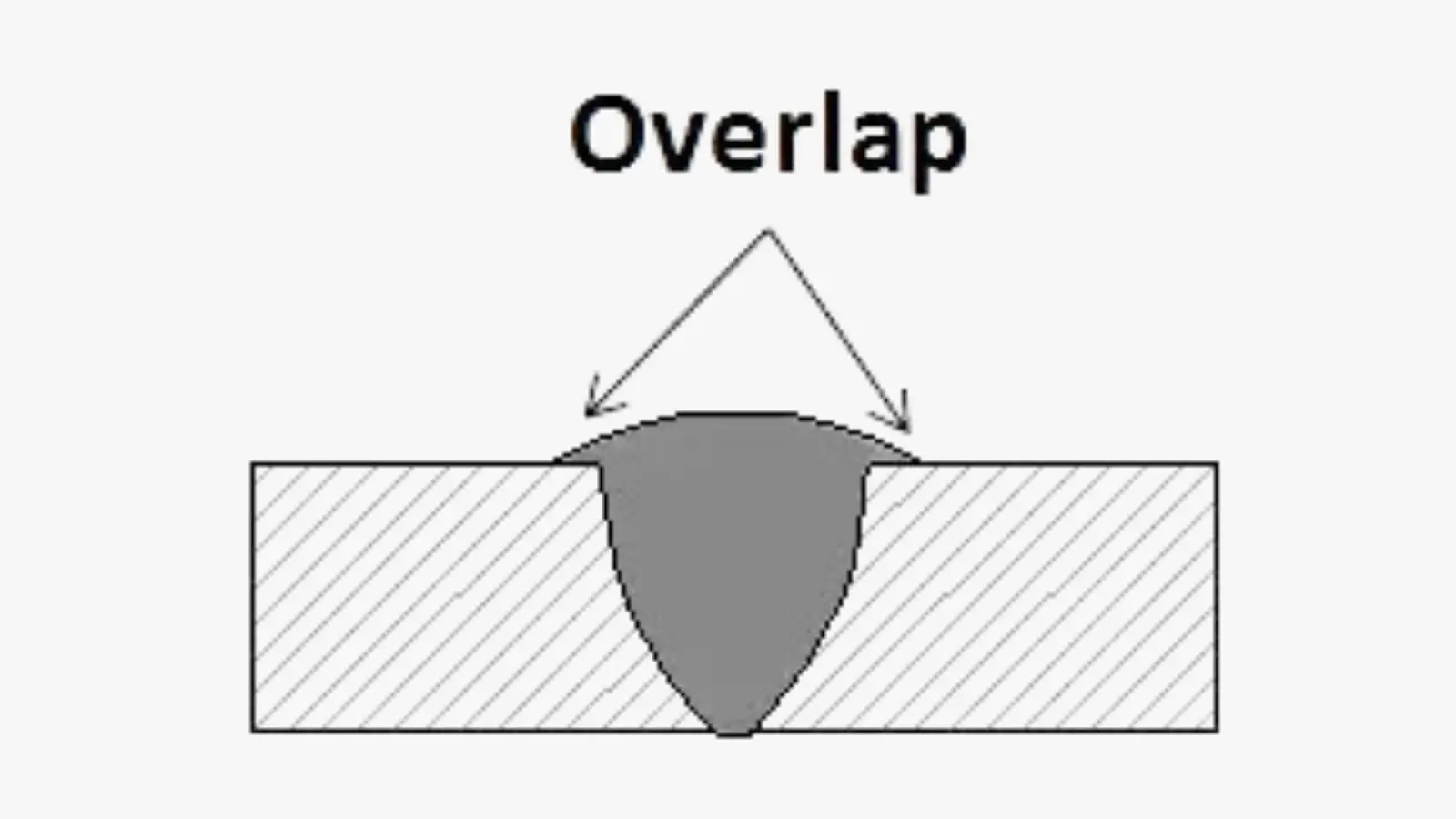Comprehending the Causes and Solutions for Undercut Welding in Metal Construction Procedures
In the world of steel construction procedures, the incident of undercut welding presents a substantial difficulty that requires an extensive understanding of its reasons and practical options. The complex interaction of numerous variables throughout welding procedures can cause this unwanted sensation, affecting the structural integrity and overall quality of the bonded joints - Preventing weld undercut. By dissecting the origin of undercut welding and exploring reliable therapeutic procedures, producers can raise the standard of their workmanship and make certain the manufacturing of perfect steel elements
Common Sources Of Undercut Welding
Frequently neglected in steel manufacture, undercut welding takes place due to various elements that require thorough attention and competence to be properly minimized. Additionally, improper welding techniques, such as using the wrong welding angle or travel rate, can also contribute to damage development. The option of welding criteria, such as voltage, existing, and cord feed rate, plays a substantial duty in the occurrence of undercut welding.
Influence of Incorrect Welding Parameters
Inaccurate welding specifications can dramatically compromise the stability and high quality of welded joints in metal construction procedures. The effect of inaccurate welding parameters manifests in various ways, leading to architectural weak points and flaws in the welded parts. One essential facet impacted by incorrect welding parameters is the infiltration depth of the weld. Insufficient heat input as a result of reduced welding currents or exceedingly high traveling speeds can result in poor combination between the base steels, causing incomplete joint penetration and damaged bonds. On the other hand, extreme warm input brought on by high welding currents or slow-moving travel speeds can bring about excessive and burn-through support, producing a brittle and unpredictable weld framework. Furthermore, incorrect specifications such as improper voltage setups or inaccurate electrode angles can add to unpredictable weld bead accounts, lack of blend, and boosted chances of issues like undercutting. Therefore, meticulous interest to welding parameters is vital to guarantee the manufacturing of high-grade welds with the preferred mechanical residential properties and structural stability.
Effect of Improper Lantern Angle
Improper torch angle in welding operations can considerably affect the high quality and stability of the final weld joints in metal construction processes. The torch angle plays a crucial role in identifying the warm input and distribution during welding. When the torch angle is incorrect, concerns such as damaging can develop. Damaging is a typical welding flaw where a groove creates along the weld toe, damaging the joint and endangering its architectural stability.
A lantern angle that is also high can result in insufficient penetration, insufficient combination, and enhanced spatter. On the other hand, a lantern angle that is as well shallow can cause extreme infiltration, burn-through, and distortion of the base product. Preventing weld undercut. Appropriate torch angle is important for ensuring regular weld high quality, strength, and look
To stop damaging and other defects brought on by incorrect torch angles, welders have to be trained to keep the right torch angle throughout the welding procedure. Regular surveillance and change of torch angles throughout welding can assist achieve audio welds with minimal flaws.
Role of Inadequate Welding Strategies

An additional facet of poor welding strategies is inappropriate weld prep work. Poor cleansing of the base steels, inaccurate joint design, or insufficient edge prep work can all add to damage welding. Additionally, insufficient protecting gas coverage or using the wrong kind of gas can cause insufficient combination and the formation of undercut defects.
To resolve the duty of insufficient welding techniques in steel construction processes, it is essential to give detailed training for welders. Proper education and learning on welding criteria, joint preparation, and securing gas option can aid avoid undercut welding and ensure high-grade welds in metal fabrication jobs.
Effective Solutions for Undercut Welding
Addressing undercut welding in steel fabrication calls for executing reliable remedies to boost weld quality and architectural stability. Among the primary remedies to fight undercut is to readjust welding specifications such as voltage, existing, and travel rate to ensure appropriate warm input and fusion. By fine-tuning these setups, welders can prevent extreme melting of the base steel and filler material, lowering the possibility of undercut development.
Additionally, appropriate joint prep work is essential in protecting against undercut. Guaranteeing clean base steel surface areas without pollutants and making use of the suitable bevel angle can assist advertise better weld penetration and lower the risk of undercut - Preventing weld undercut. Employing appropriate welding strategies, such as oscillating the torch or Recommended Site weaving, can additionally assist in distributing heat uniformly and filling up the weld joint properly, lessening the opportunity of undercut defects
Additionally, choosing the right welding consumables, consisting of electrodes and filler steels, is crucial in alleviating undercut. Using materials with ideal chemical compositions and mechanical buildings can contribute to achieving sound welds with minimal undercut. Regular evaluation and top quality control actions should also be implemented to spot and deal with undercut issues quickly, ensuring the overall integrity of made steel parts.

Conclusion
To conclude, understanding the causes and remedies for undercut welding in steel construction processes is important for achieving top quality welds. By addressing common reasons such as inaccurate welding specifications, improper torch angle, and insufficient welding techniques, welders can protect against undercutting and ensure solid, durable welds. It is vital to pay interest to these elements and apply reliable remedies to enhance the general welding procedure and end product high quality.
